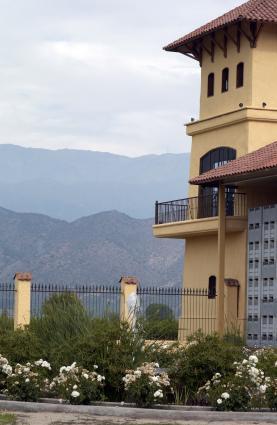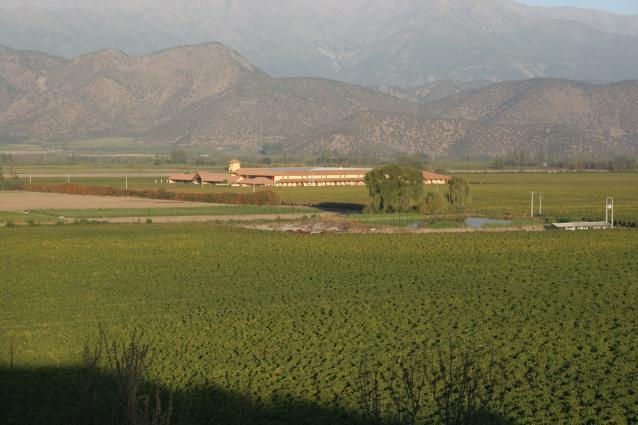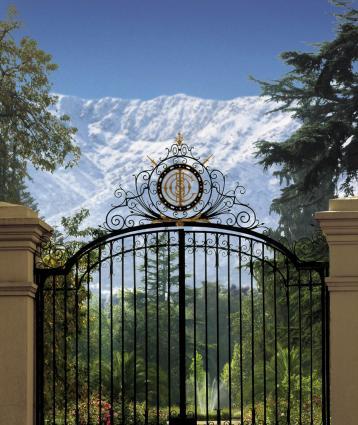Cousiño-Macul Dama De Plata

Wine Description
The climate during season 2015-2016 was not typical compared to previous years. The health of the grapes was affected by strong showers during April and a cold spring delayed the ripening period. Both conditions lead to a lower general yield.
All of our wines developed very well, ending up fresh and with good natural acidity. In the case of whites, they will show lower alcohol levels. In the case of reds, they will be elegant with flower notes and fruity. In general, we will get lower yields but high-quality wines, representative of the climate conditions, origin and variety.
 Acclaim
Acclaim
 Vineyard & Production Info
Vineyard & Production Info
 Winemaking & Aging
Winemaking & Aging
 Analytical Data
Analytical Data
 Wine Production
Wine Production
100% of this wine comes from a specific vineyard in Buin, specially managed and dedicated to the best Cabernet Sauvignon of this Estate. The Malbec and Syrah come from small blocks of varieties. After a manual harvest it passes through a strict selection inside the cellar, a maceration at low temperature (44.6 F) that takes one week then the fermentation is started at an average temperature of 77 F. This process takes 12 days and is finished with a post-fermentative maceration for greater extraction of color and aromas for two weeks. After maceration, 100% of this wine is transfered to second use French Oak barrels, where is ages for 12 months while it goes through a full malolactic fermentation. After this period in barrels, it is transfered to stainless steel tanks for stabilization and it is finally bottled.





